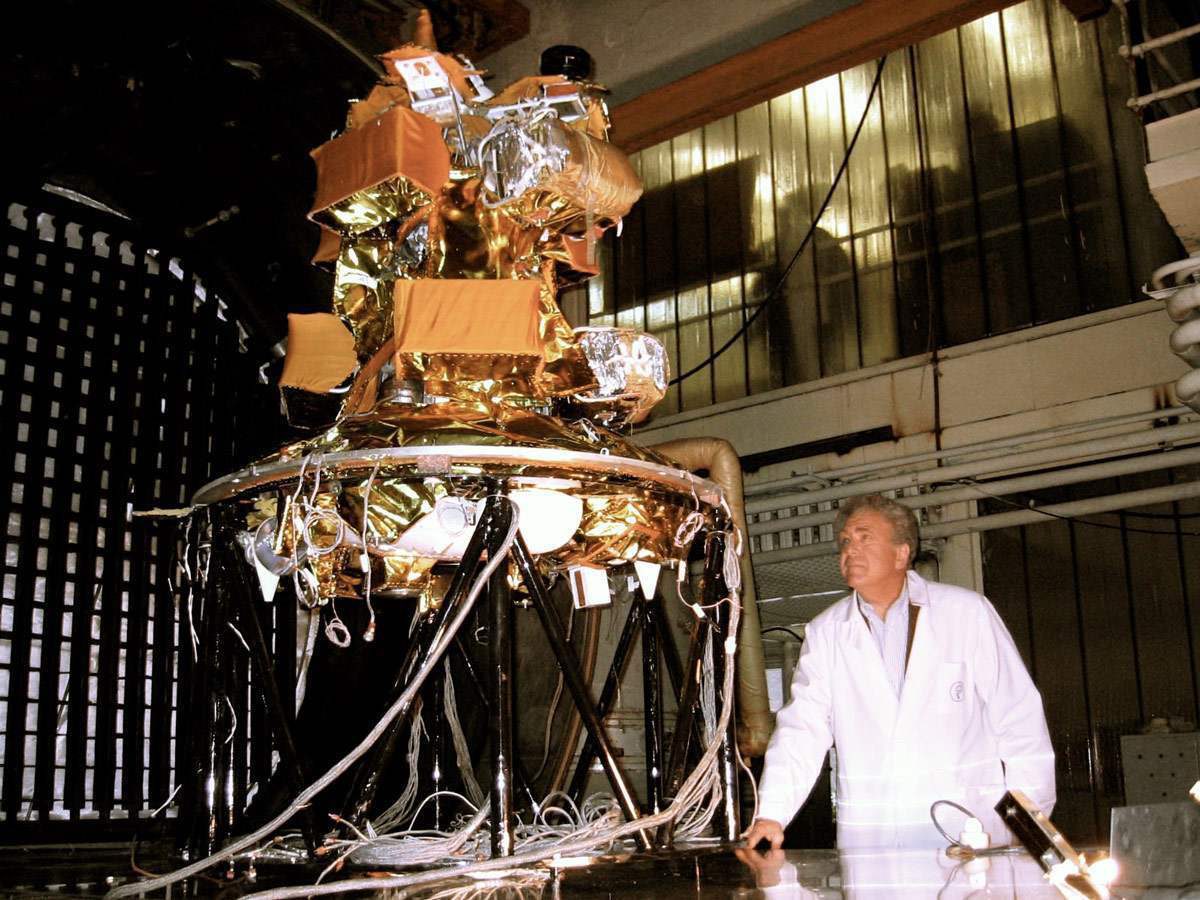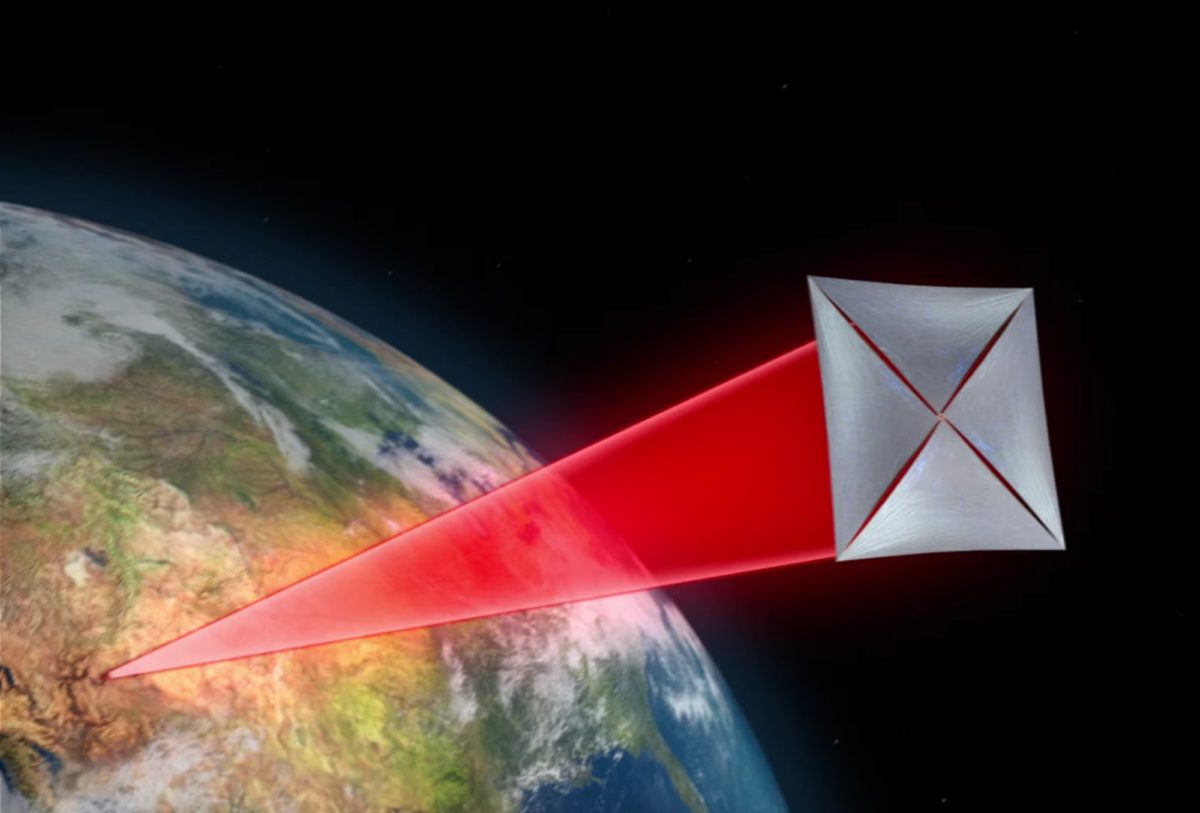Jason Davis • Apr 22, 2016
Planetary Society solar sails paved way for Alpha Centauri starshot
High above New York City inside One World Trade Center last week, a group of scientists and entrepreneurs held a press conference announcing a plan to send a fleet of miniature spacecraft to the stars.
The group Breakthrough Initiatives, led by billionaire Russian physicist Yuri Milner, launched a $100 million technology grant program. The program will fund studies to investigate whether a fleet of wafer-sized spacecraft equipped with reflective sails can be blasted with lasers, accelerated to 20 percent the speed of light, and sent to our stellar neighbor, Alpha Centauri, in a couple decades. The tiny probes would record data and images and relay them back to Earth.
Breakthrough Starshot announcement press conference Video: Ruptly TV
Judging by the flood of resulting press coverage, the plan, formally known as Breakthrough Starshot, has captured the public's imagination. The effort has an advisory committee stacked with reputable scientists, and a board of directors that includes cosmologist Stephen Hawking and Facebook founder Mark Zuckerberg.
Breakthrough Starshot is connected to The Planetary Society through its founders and efforts to advance solar sailing technology. Ann Druyan, a Starshot management and advisory committee member who co-wrote the original Cosmos documentary series with her late husband, Society co-founder Carl Sagan, described this connection just 20 minutes into the press conference.
"I remember in the 1970s, when [Sagan] first described to me this means of moving through the Cosmos," she said. "I couldn't get over what a mythic achievement it seemed to me that it would be to be able to ride the light. What an immaculate way of traveling through the Cosmos."
Sagan championed solar sailing with fellow Society co-founders Louis Friedman and Bruce Murray, who were working on the concept at NASA's Jet Propulsion laboratory in Pasadena, California. There, scientists and engineers hoped to build a kilometers-wide solar sail spacecraft to rendezvous with Halley's Comet when it flew past Earth in 1986. The plan never came to fruition, but the idea lived on in the form of Cosmos 1, the Society’s privately funded solar sail that was ultimately doomed by a rocket failure in 2005.
"A few years after Carl died, I became involved with The Planetary Society, working with Louis Friedman, who really wrote the textbook on solar sailing," Druyan said. "We were working on a proof-of-concept mission. But one thing we didn't think of was making the sail tiny—making the actual craft tiny. And I think that's the inspiring audacity of [Breakthrough Starshot]."
Cosmos 1 had a sail area of 600 square meters, whereas the Alpha Centauri-bound "nanocrafts," as Breakthrough calls them, would have sails with diameters of about four meters. Other solar sail spacecraft that have flown to date include Japan's IKAROS (196 square meters), NASA's Nanosail-D (9.3 square meters), and The Planetary Society's LightSail 1 (32 square meters). If successful, LightSail 2 (also 32 square meters) will be just the second solar sail spacecraft to demonstrate purposeful flight by light—IKAROS, thus far, is the first and only craft to do so.
In terms of sail size, then, Starshot falls somewhere between Nanosail-D and LightSail. But whereas LightSail weighs about 5 kilograms, the Starshot nanocrafts might weigh just a gram—a mass reduction by a factor of 5,000. And the sail would also need to be lighter and more reflective, possibly built from an exotic material like carbon nanotubes rather than Mylar.

Not surprisingly, Friedman, who led the Society’s Cosmos 1 project as well as LightSail's initial development, is on the Starshot advisory committee. During a recent phone call, he said that while there is a large technology gap between LightSail and what Breakthrough hopes to achieve, LightSail represents a key milestone in the effort to pair space sails with miniaturized technology.
"We went to a 3U CubeSat after working with hundreds-of-kilograms spacecraft," he said. "And we started working with these miniature sails. So LightSail is a motivator and the right direction. I'd definitely say it's a predecessor in terms of the technology and the research that's been used." Friedman's recent book, "Human Spaceflight: From Mars to the Stars," describes the history of these projects.
During the LightSail 1 mission, flight controllers faced a barrage of challenges, including software glitches, communications outages and a radio malfunction. LightSail 2 is sure to present its own hurdles. But those difficulties pale in comparison to what must be overcome to actually make Breakthrough Starshot a reality.
The group's website lists 25 major engineering challenges that span every aspect of the project, including: How do you keep the spacecraft and sail in one piece under the searing energy of a high-power laser? What will enable the probes to communicate over such vast distances? Can they be steered within camera range of an extrasolar planet? And what about the political hurdles of constructing a James Bond villain-like array of ground lasers?
Right now, debating whether Breakthrough Starshot can solve every challenge and complete the project as envisioned may not be as important as asking the technical questions in the first place. "The fact that they're openly doing it, and inviting a worldwide community to work on it, is encouraging," Friedman said.

There are also intermediary missions that could help refine nanocraft solar sail technology while providing reconnaissance for an eventual mission to Alpha Centauri. Friedman likes the idea of sending a small telescope far enough outside our solar system to use the sun as a gravity lens, capturing otherwise impossibly high-resolution images of other star systems.
"You could use the solar gravity lens focus to image an exoplanet and get kilometer-scale imaging of a habitable world," he said. "One that you might want to want to target as a destination."
CubeSats like LightSail, which can hitch free rides to orbit and utilize off-the-shelf hardware, have drastically lowered the cost of entry level space missions. Breakthrough Initiatives believes its sail nanocraft could be mass-produced at the cost of an iPhone. If that turns out to be the case, could fleets of the tiny explorers be sent all over the solar system, revolutionizing the field of planetary science?
It's possible. But for Breakthrough and Friedman, the ultimate destination remains much farther away.
"I've always said, right from the very beginning: The thing that makes solar sails so important is that they're the pathway to the stars," Friedman said. "It's not only the pathway to the stars, but it's the unique pathway to the stars. There's no other practical means of doing it."
Support our core enterprises
Your support powers our mission to explore worlds, find life, and defend Earth. You make all the difference when you make a gift. Give today!
Donate

 Explore Worlds
Explore Worlds Find Life
Find Life Defend Earth
Defend Earth

